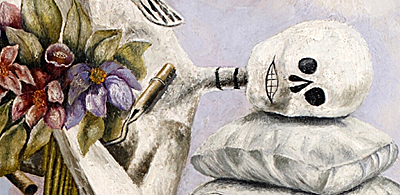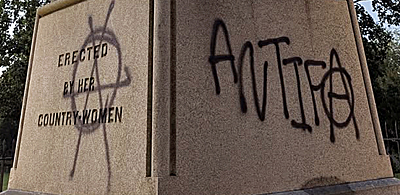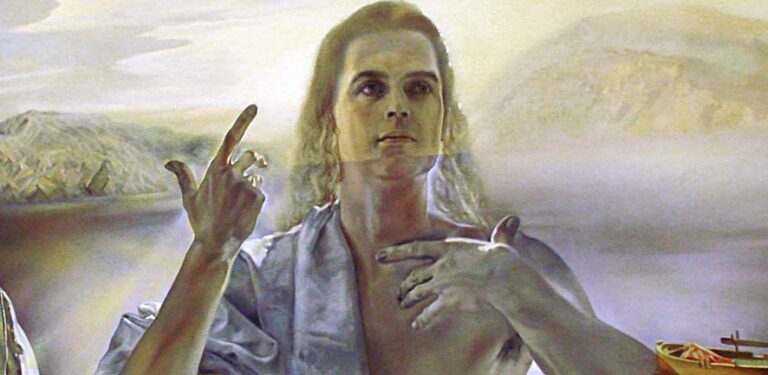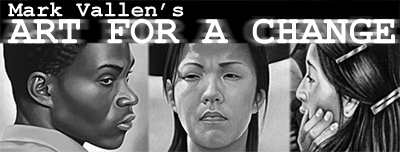That Article or Page No Longer Exists...
Instead check out the latest blog posts below or three random blog posts further down.
Latest Additions to the Blog

Frida Kahlo and The Dream
The culture vultures have descended. On Nov. 20, 2025 Sotheby’s New York auctioned a 1949 self-portrait by Frida Kahlo. It is titled El sueño (La

Luigi’s Circle Jerk Army
On April 13, 2025, the antediluvian punk rock band from Los Angeles, the Circle Jerks, performed at the Coachella Valley Music and Arts Festival. Singer

Mary Washington Monument Vandalized
On the night of July 26, 2025 in Fredericksburg, Virginia, Antifa vandals defaced the city’s monument to Mary Washington—mother of George Washington. The historic 1894
Three Random Blog Posts

The Last Supper of Western Civilization
This essay will broach the subject of The Last Supper, a controversial artwork by photographer Elisabeth Ohlson. Deemed blasphemous by many, it was exhibited at
Tlaloque: A Day of the Dead Monoprint
To mark the devasting drought of California (my home state), and to observe Día de los Muertos 2015, I have created an extremely limited edition
Why Rescue América Tropical?
Amigos de Siqueiros are celebrating the 79th anniversary of Siqueiros’ América Tropical mural being unveiled on L.A.’s Olvera Street, with Why Rescue América Tropical? –

